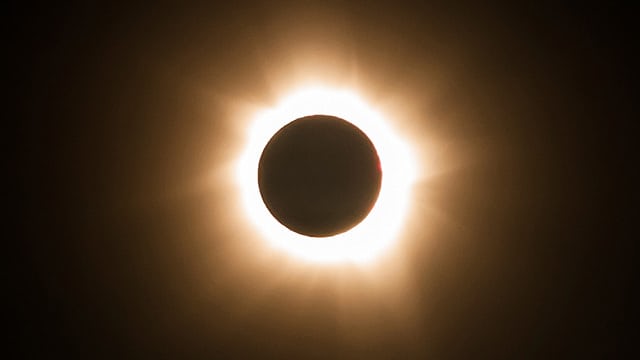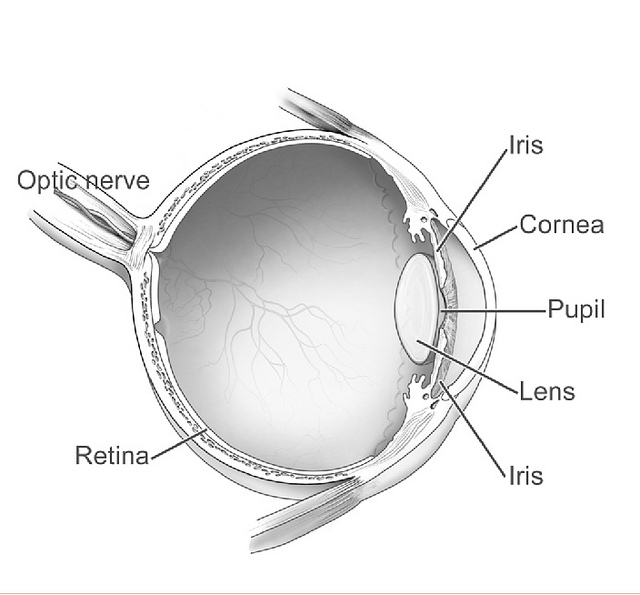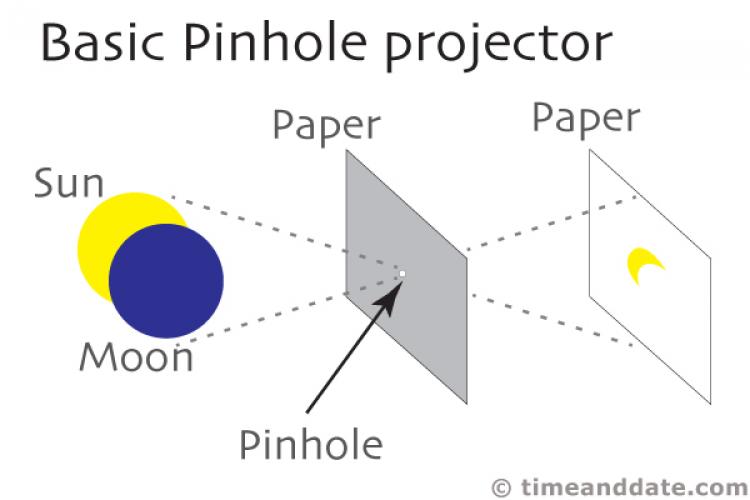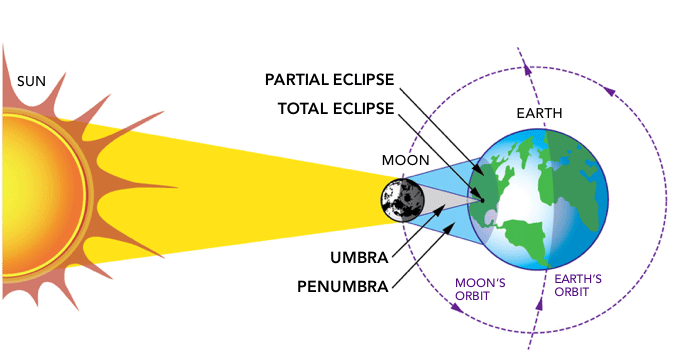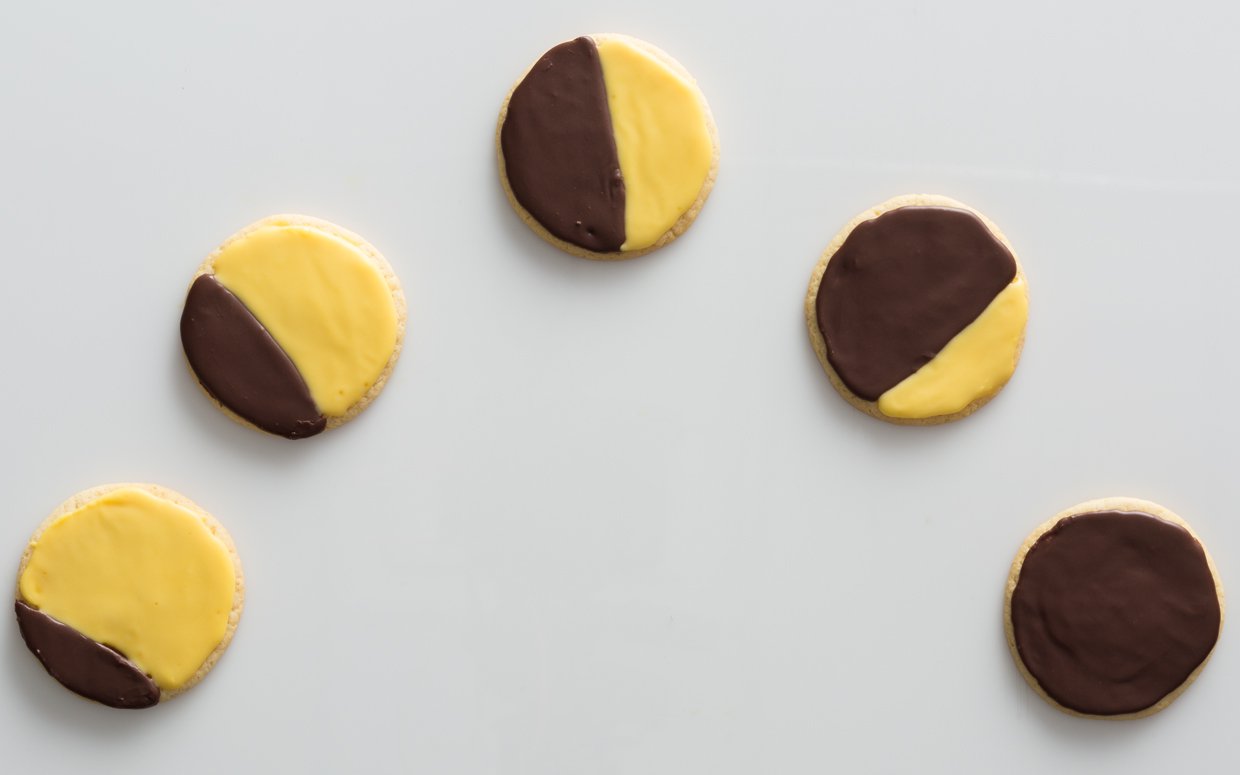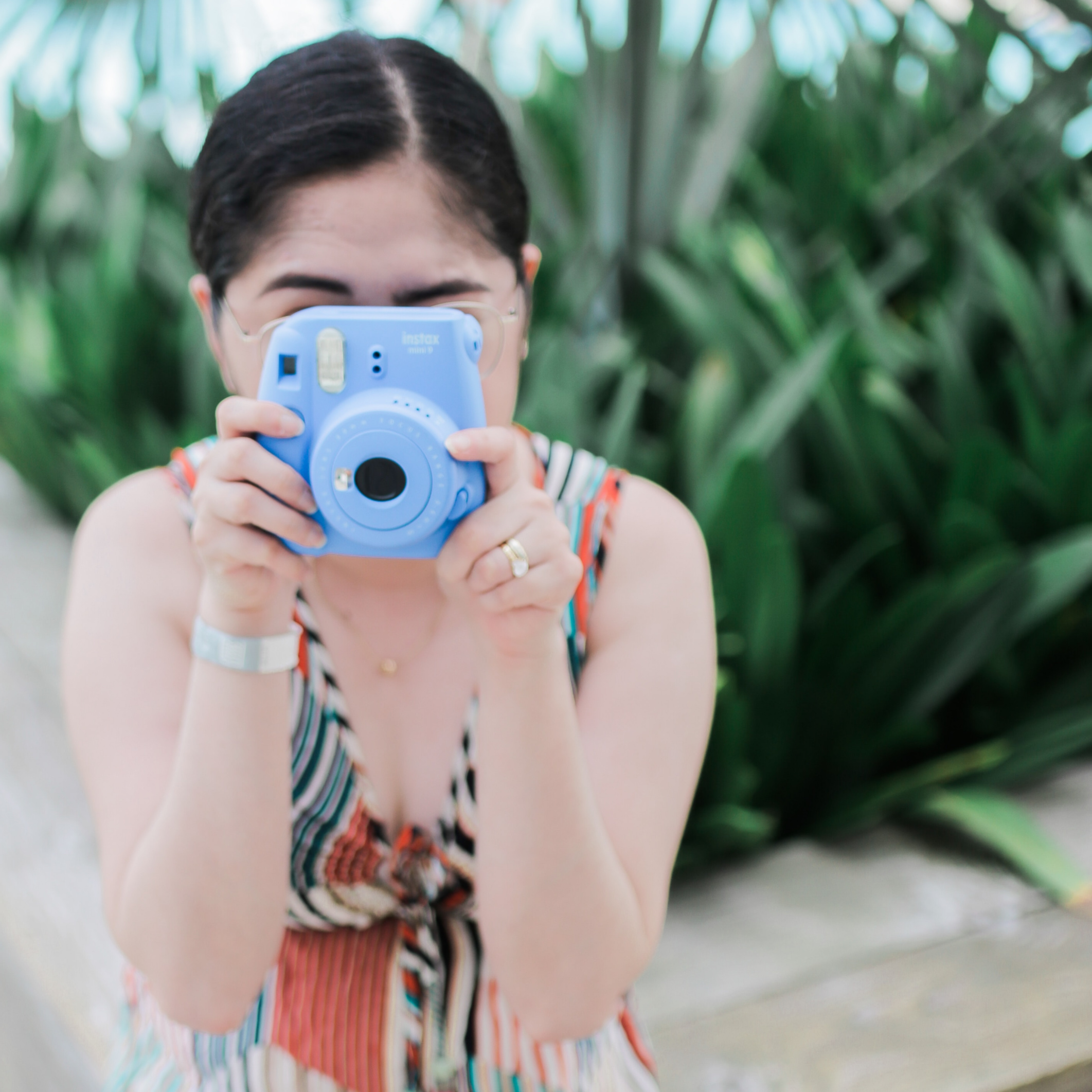It’s official. Eclipse fever has arrived. Eclipse glasses are selling out and schools are debating whether to close up shop altogether on Monday, August 21st . Here’s everything you need to know to rock this amazing astronomical happening with your kiddos:
The basics: Most of the U.S. will see a partial eclipse. The path of “totality” runs from Oregon through South Carolina. Check out how much of an eclipse you’ll see, and when, by entering your location on this page.
Seriously. You need to keep your kids from looking at it directly. Every article on the eclipse starts with a warning not to stare at it. And yet. Remember when the best way to get your four year-old to eat broccoli was to tell him “Don’t eat the baby trees?” Impulse control is a challenge for young’uns and the temptation will be strong. So be prepared.
Here’s why you need to actually stop them:
What actually happens if you stare at the sun. My kids love to ask six layers of “why?” So I looked it up, and here’s why staring at an eclipse without eye protection is a really, really bad idea.
When you look into the sun, right away your eyes get sunburned from the ultraviolet light. First, your cornea, the clear outer layer of your eyes, will blister and crack. But just like sunburn, the damage won’t show up until hours later. So you can’t actually tell when it’s burning.
Stare at the sun longer, and the light-sensitive cells at the back of the eye in the retina — which register images and send them to your brain — release chemicals which damage surrounding tissues. Keep staring, and you can go blind. Yes, this can happen within the timeline of an eclipse. [More details in this Gizmodo article.]
Two things that make eclipses particularly dangerous: The light is less bright than usual, so our normal aversion to looking at the sun can disappear. And you don’t have nerve endings in your eyes — so you won’t know you’ve cooked your eyes until it’s too late. In short, make sure kids never look at the sun directly (unless you’re on the path of totality and it’s during the few minutes when the sun is fully blocked).
How to watch the eclipse safely. As the internet may have already told you, you can buy inexpensive eclipse glasses to make it safe. BUT they may have sold out. And some are unsafe knock-offs. If you want to buy, this page tells you which glasses are legit. Libraries on this map are also giving out several million free pairs. Be sure they fit your kid’s face and don’t slide off though!
Glasses? We don’t need no stinkin’ glasses. (The arts-and-crafts approach.) Here’s the old-school way to watch: build a pinhole camera, which can be as simple as an index card or paper plate with a tiny hole poked in it. With your back to the sun, you hold the card in the sun, and let the light passing through the hole shine onto a second card. Voila–the image of the sun!
This blog has full instructions–plus a really cool way kids can incorporate a kid-drawn design into the projection.
You can also make a fancier one with a cardboard box. Or even use a pair of binoculars to project an image onto paper (but never ever look at the sun through binoculars — even with eclipse glasses on!).
Fun with fruit! How to help kids understand eclipses. The eclipse is an awesome chance to teach kids about Science Stuff like the solar system, light vs. shadow, and more. This short video is a great introduction for young kids — with puppets!
But don’t just sit kids in front of a screen. Let them act out the eclipse! Here’s how.
1. In a dark room, set up a single light source to represent the sun. Try pointing a laptop screen to www.blank.org and turning up the brightness all the way, or turning your phone to “flashlight.”
2. Tell your kid they are the earth. Feel free to sing a few bars of “We Are The World.” It’s dark, so you won’t even be able to see them roll their eyes.
3. Give them a ball or an orange to represent the moon. Have them close one eye, then hold the “moon” so it blocks out the light. Boom! Solar eclipse! (They can also move it around and see different phases of the moon e.g. how much of the ball is lit up, depending on how they orient it relative to their head.)
Bonus: Show them a total vs. partial eclipse. If you use the laptop screen to cast a shadow from your “moon” onto a nearby wall, the screen is a wide enough light source to see the difference between the umbra (the dark core of the shadow–that’s the thin band where the lucky few will see a total eclipse) and the slightly shadowed penumbra (where the rest of us will need to content ourselves with a partial eclipse).
Finally … Cookies! If you’re like me–always looking for an excuse to bake (you mean Thursday Cookies aren’t a thing?)–these Eclipse Cookies seem like an essential way to mark this once-in-a-lifetime occasion. I plan to make several extra batches just in case.
* * *
Whether or not you have a sweet tooth, this eclipse is a pretty sweet way (sorry) to teach kids about the amazing universe we live in. I hope these activities help you break it down for them. Enjoy! (And don’t look into the sun).

